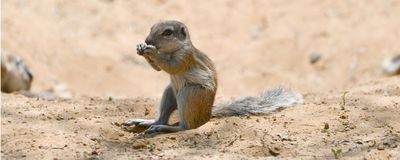Login
Subscribemorphology
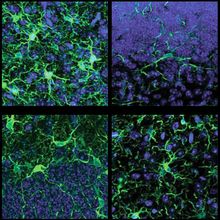
Mapping Tool Reveals Microglia’s Shape-Shifting Secrets
Angie Voyles Askham, Spectrum | Dec 14, 2022 | 4 min read
The approach could help test hypotheses about how atypical function of the brain’s immune cells contributes to autism.
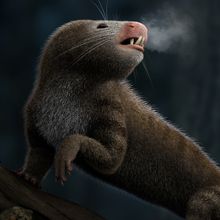
Warm-Bloodedness in Mammals May Have Arisen in Late Triassic
Andy Carstens | Jul 21, 2022 | 2 min read
Researchers mapped ear canal shape to body temperature to predict when ancestors of mammals first became endothermic.
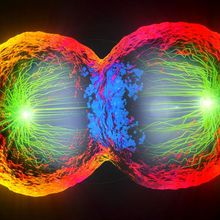
See Beyond the Scatter Plot with Imaging, Spectral Flow Cytometry
The Scientist’s Creative Services Team and BD Biosciences | 3 min read
A novel instrument combines fluorescence-activated cell sorting, imaging flow cytometry, and spectral flow cytometry to advance cell population examination.
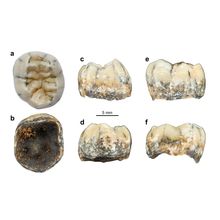
Ancient Tooth Could Be Clue in Denisovan Migration Mystery
Andy Carstens | May 18, 2022 | 2 min read
The new fossil from Laos helps answer the question of how some people from Oceania carry DNA from the ancient hominin.
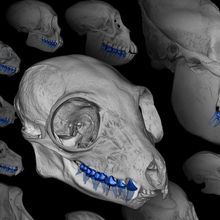
Surface Area of Tooth Roots Predicts Primate Body Size
Maddie Bender | May 2, 2022 | 2 min read
Researchers determine that a primate’s tooth root, and not just its crown, can yield reliable information about body size, but the relationship between root surface area and diet isn’t as clear.
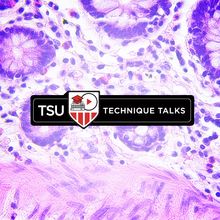
Technique Talk: Developing and Optimizing Immunohistochemistry Protocols
The Scientist’s Creative Services Team | 1 min read
Learn about the fundamentals of immunohistochemistry in this workshop for better protocol development and troubleshooting.
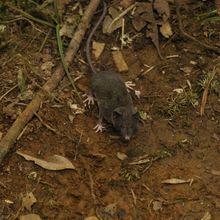
Researchers Identify 14 New Shrew Species
Chloe Tenn | Jan 5, 2022 | 2 min read
The discovery, made on the island of Sulawesi in Indonesia, constitutes an exceptionally high number of new mammals to be described in a single paper.
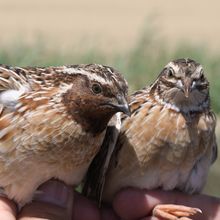
Chromosomal Rearrangement Linked to Less Mobile Quail
Chloe Tenn | Dec 7, 2021 | 5 min read
The Scientist interviews evolutionary biologist Carles Vilà about how a large genomic inversion detected in common quail affects the birds’ physical characteristics and migratory behaviors.
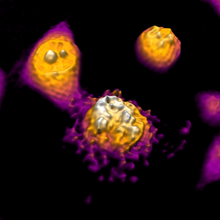
Observing Cells in Their Natural State with Digital Holographic Cytometry
The Scientist’s Creative Services Team and Phase Holographic Imaging | 3 min read
Technological and engineering advances let researchers delve deeper into cell function and behavior in physiological and pathological settings.
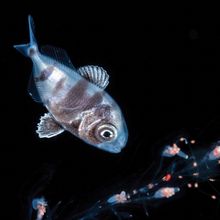
Medusafishes Are Grouped by Shared, Odd Traits: Study
Devin A. Reese, PhD | Dec 1, 2021 | 2 min read
Shared features, such as thick, slimy skin and a throat filled with teeth, suggest that medusafishes are all related.

Infographic: Anatomical Construction by Cell Collectives
Michael Levin | Sep 1, 2020 | 3 min read
Understanding this complex and still largely enigmatic process will pave the way for researchers to control the development of new morphologies.

Technique Talk: The Basics of Immunohistochemistry
The Scientist’s Creative Services Team | 1 min read
Learn about the fundamentals of immunohistochemistry in this workshop for better protocol development and troubleshooting.

How Groups of Cells Cooperate to Build Organs and Organisms
Michael Levin | Sep 1, 2020 | 10+ min read
Understanding biology’s software—the rules that enable great plasticity in how cell collectives generate reliable anatomies—is key to advancing tissue engineering and regenerative medicine.

Contributors
The Scientist Staff | Sep 1, 2020 | 4 min read
Meet some of the people featured in the September 2020 issue of The Scientist.

Image of the Day: Turtle Ant Soldiers
Amy Schleunes | Mar 12, 2020 | 1 min read
Big heads come in handy when the social insects are tasked with defending their nest.

Martha Muñoz Uncovers the Drivers and Dampers of Biodiversity
Nicoletta Lanese | Nov 1, 2019 | 3 min read
The Yale biologist says that organisms’ behavior, physiology, and morphology engage in a constant “evolutionary dance.”

Image of the Day: Brains and Braincases
Emily Makowski | Oct 18, 2019 | 1 min read
The skull changed shape in different ways than the brain during evolution, according to a new comparative study.
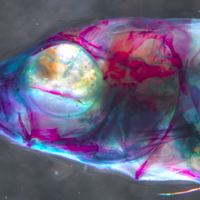
Image of the Day: Cichlid Cranium
Nicoletta Lanese | Jul 25, 2019 | 1 min read
Maternal care for the fish alters the structure of their developing heads.

Image of the Day: Hanging Around
Sukanya Charuchandra | Jul 27, 2018 | 1 min read
Hurricanes drive evolution in anole lizards, finds a new study.
